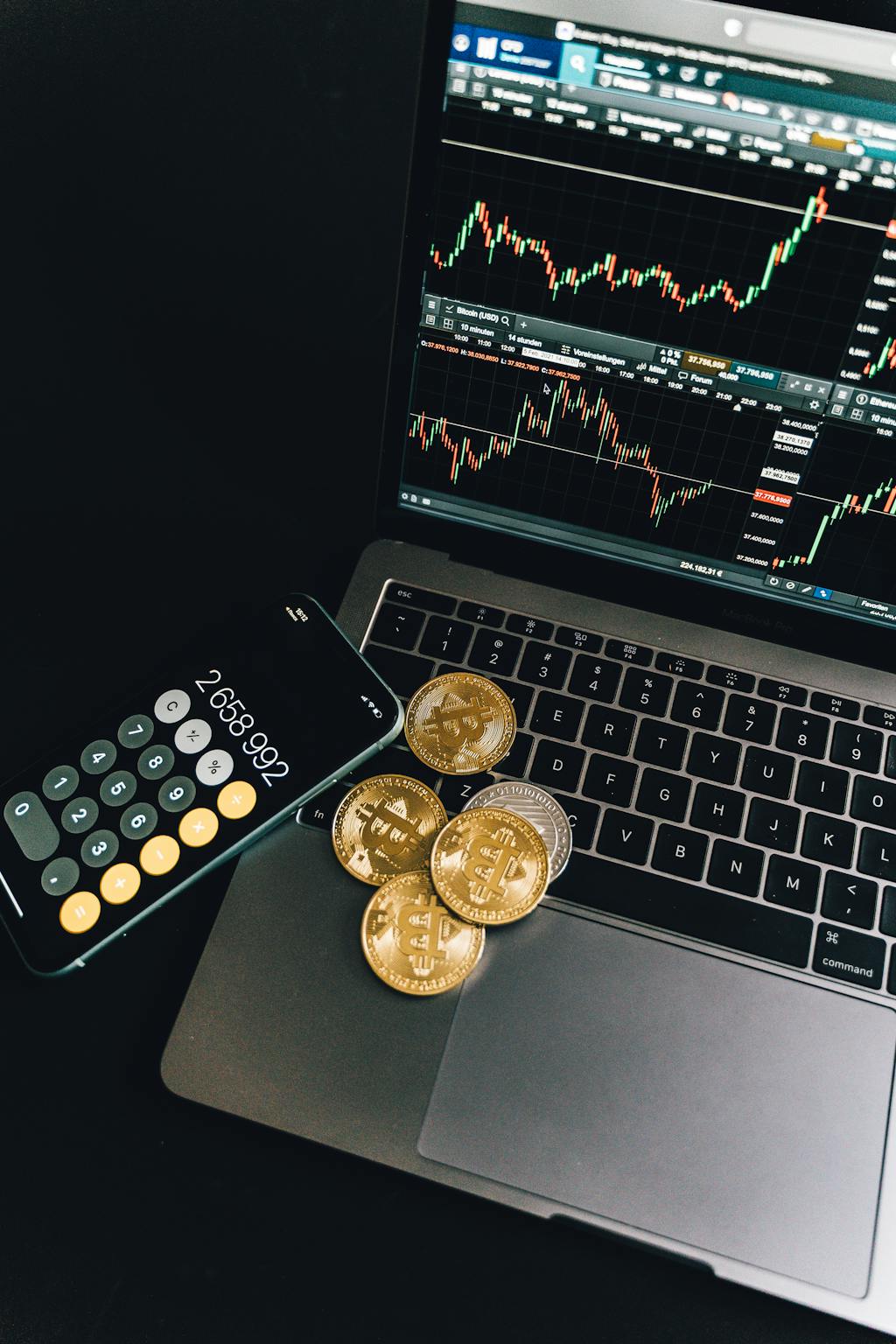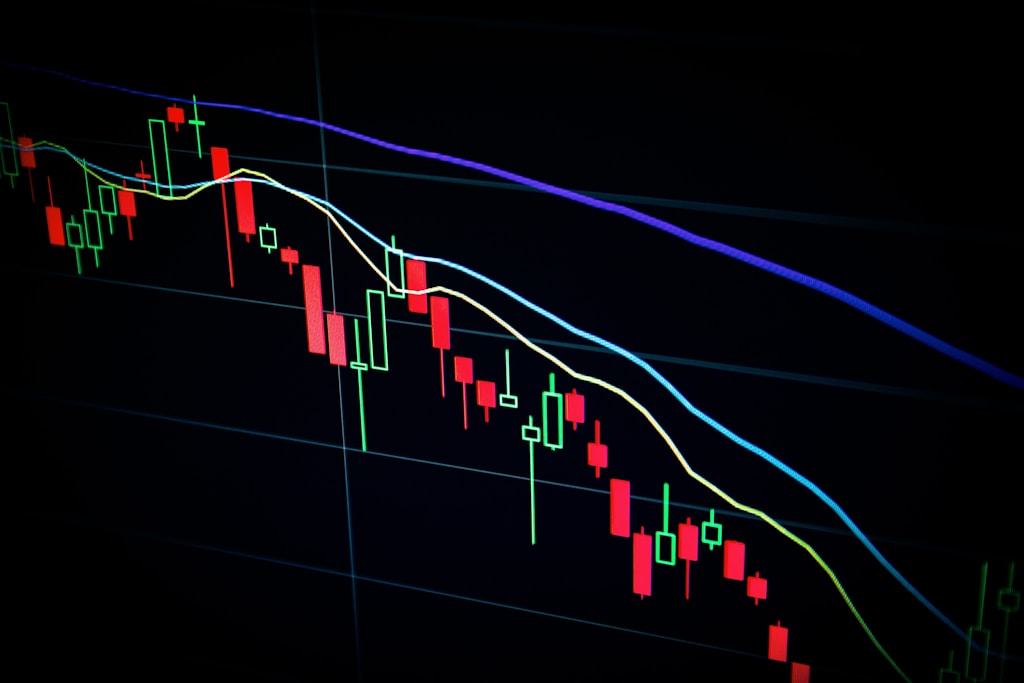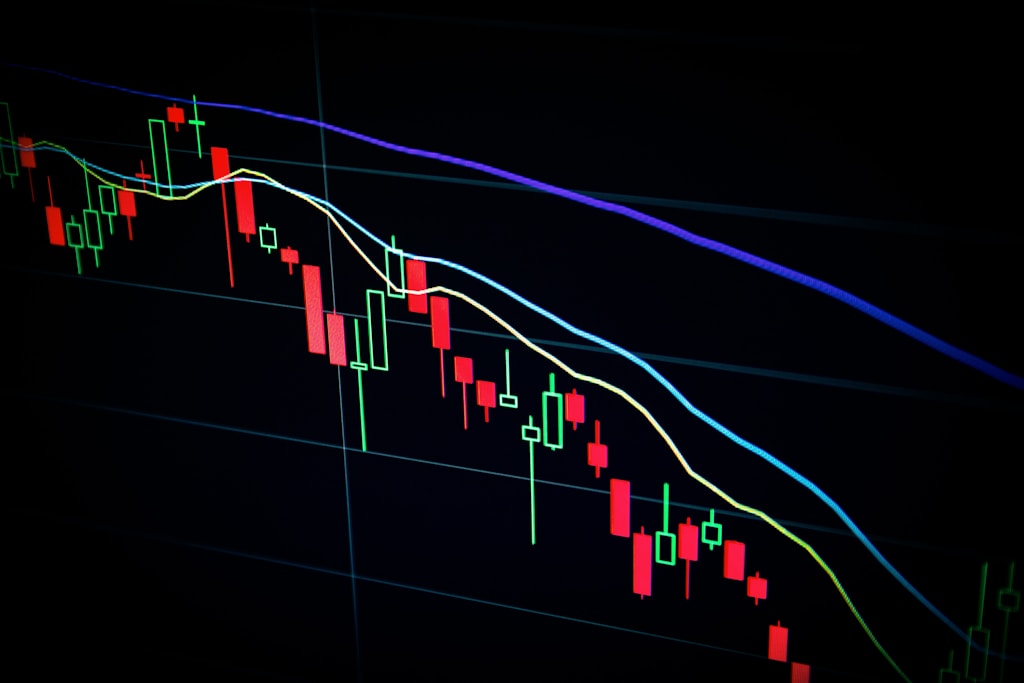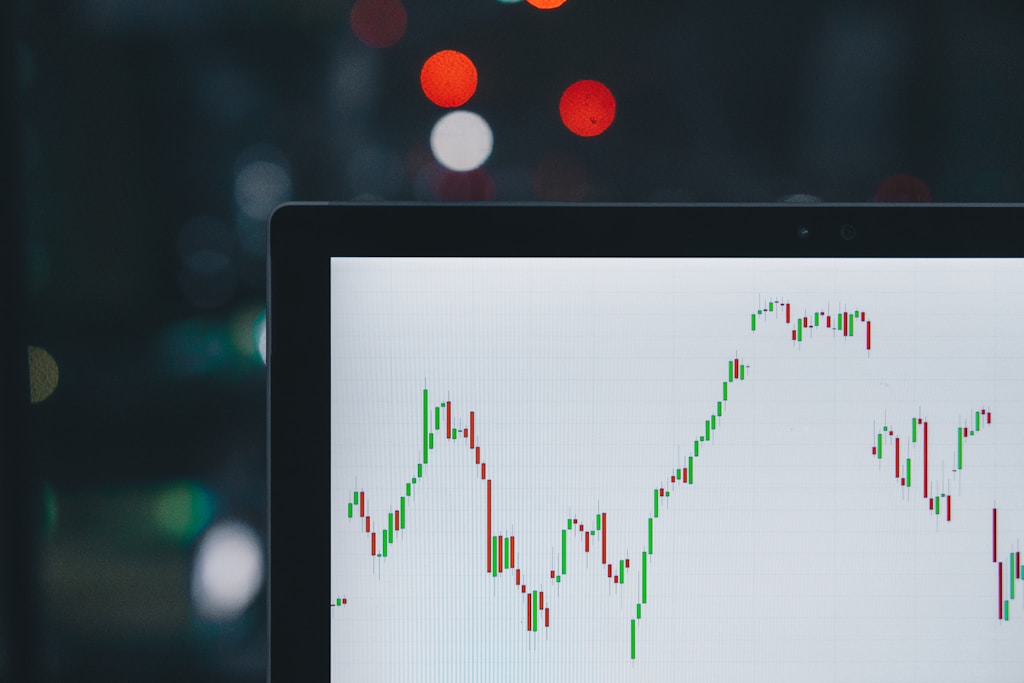Bitcoin’s long-term holders are showing remarkable conviction as on-chain data reveals a significant accumulation phase, with diamond hands adding 300,000 BTC amid price consolidation near all-time highs. This accumulation comes despite Bitcoin trading between $106,229 and $111,807 over the past five days.
Long-Term Holder Accumulation Reaches Critical Level
According to CryptoQuant data, the Long-Term Holder (LTH) Spending Binary Indicator has hit its lowest point since September 2024, signaling strong holder conviction. This metric has historically preceded significant price rallies, with the current reading suggesting potential upside ahead.
SPONSORED
Trade Bitcoin with up to 100x leverage and maximize your profit potential
Key On-Chain Metrics Signal Bullish Momentum
The data reveals several compelling trends:
- Long-term holder supply has increased by 300,000 BTC in 20 days
- 74% of Bitcoin’s circulating supply (14.6M BTC) is now held by long-term holders
- Short-term holders have realized $11.6B in profits, while long-term holders maintain positions
Historical Pattern Suggests $212K Target
The current market structure bears a striking resemblance to September 2024’s accumulation phase, which preceded a 96% price surge. A similar percentage increase from current levels would put Bitcoin on track for $212,000.
FAQ
What defines a Bitcoin diamond hand?
A diamond hand refers to an investor who holds their Bitcoin position through significant market volatility, typically maintaining holdings for over one year.
Why is long-term holder accumulation significant?
Long-term holder accumulation typically indicates strong market conviction and reduced selling pressure, historically preceding major bull runs.
What could prevent Bitcoin from reaching $212K?
Potential headwinds include regulatory changes, macroeconomic factors, or significant miner selling pressure.
At time of writing, Bitcoin trades at $109,000, with technical indicators suggesting continued accumulation phase.





